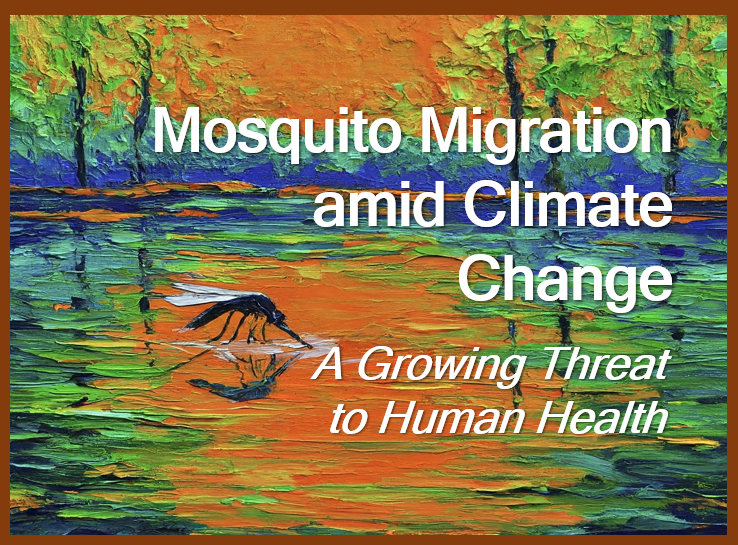By Allison Kozicharow; Edited by Elizabeth Fine
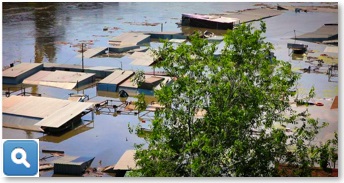 Summer is coming and with it the mosquito. Although tropical and subtropical areas of the world host epidemics of mosquito-borne diseases year round, climate change is causing mosquitoes to migrate into areas of the world where historically mosquitoes appeared only seasonally. These mosquitoes are spreading tropical diseases to new areas of the world.
Summer is coming and with it the mosquito. Although tropical and subtropical areas of the world host epidemics of mosquito-borne diseases year round, climate change is causing mosquitoes to migrate into areas of the world where historically mosquitoes appeared only seasonally. These mosquitoes are spreading tropical diseases to new areas of the world.
Why is this happening? Mosquitoes need warm, moist environments to thrive. Climate change contributes to conditions ideal for mosquitoes to flourish and multiply, such as :
- Increased precipitation in severity and regularity
- Sea level rise
- Heatwaves: higher temperatures and higher humidity
- Floods
- Droughts
- Water shortages leading to water storage, thus offering more mosquito breeding sites
- Mosquitoes needing to seek more hosts to provide blood for their diet
- Forced human migration to cities expanding population density and disease.
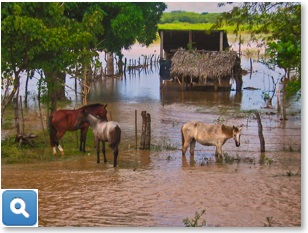 Mosquito-borne diseases infect up to 700 million people each year— almost one in 10 people.
Mosquito-borne diseases infect up to 700 million people each year— almost one in 10 people.
This insect is arguably the most dangerous animal on the planet — especially to humans but also to some animals.
In our articles and modules (see sidebar), WiRED International has long promoted the concept of One Health — the recognition of the health interconnections between all species on our planet. The Journal of Southern California Clinicians published an article titled “The Importance of a One Health Perspective in a Changing Environment,” In it, the authors (two of whom are WiRED board members, Miriam Othman, M.D., and Gary Selnow, Ph.D.) discuss the impact of our shifting global climate on human and animal health and uses mosquitoes as a prime example. The authors point out that while mosquitoes expand their geographic spread because of warmer temperatures, the viruses and parasites they carry grow to maturity more rapidly in the heat, thus arming mosquitos to infect more victims during their brief lives.
What can we do?
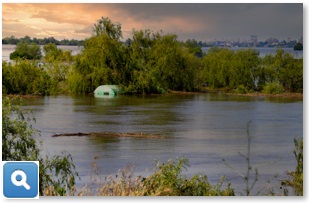 Globally, health agencies and community health workers can practice prevention against mosquito-borne disease through such measures as vector control, using insect repellant and mosquito netting, removing standing water and performing vaccinations when available (e.g., for malaria) — measures not easily taken in underserved and undersupplied regions or in countries with political conflict or war.
Globally, health agencies and community health workers can practice prevention against mosquito-borne disease through such measures as vector control, using insect repellant and mosquito netting, removing standing water and performing vaccinations when available (e.g., for malaria) — measures not easily taken in underserved and undersupplied regions or in countries with political conflict or war.
The other action is to slow down climate change — a far more challenging task. So that we can make real progress on that front, we must continue to look for ways to combat climate change at the local, regional and global levels to preserve the health of all who live on Earth.
The following table lists mosquito-borne diseases that affect humans and some animals. Note that all the diseases listed below can be deadly.
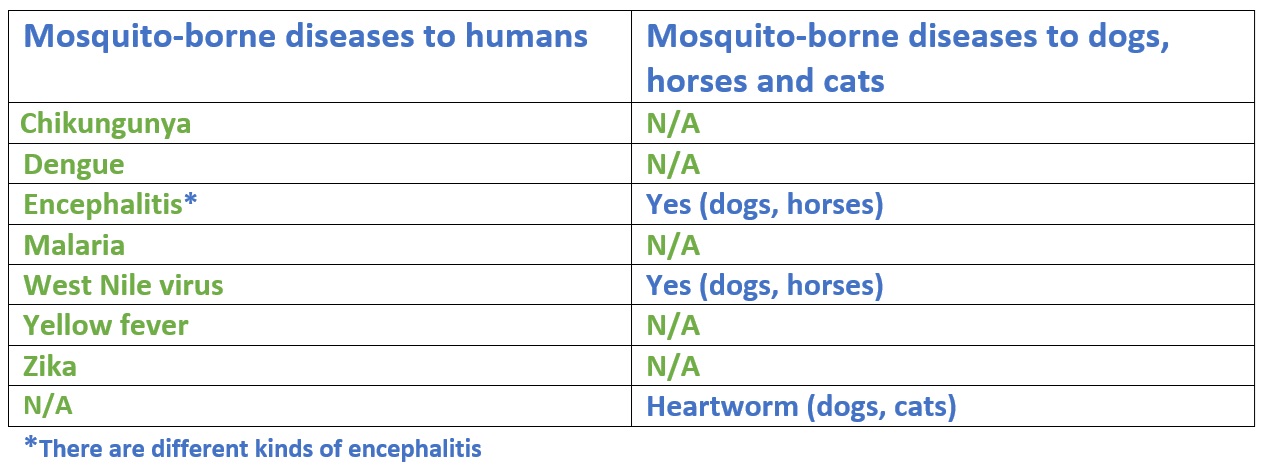
List of WiRED Modules Related to Mosquito-borne Diseases
The Mosquito
Diet: Blood
Family: Culicidae
Number of species: more than 3,500
Average life span in the wild: 2 weeks to 6 months
Size: 1/8 to 3/4 in (0.3 to 2 cm)
Group name: Swarm
Natural predators: bats, birds, fish, frogs and tadpoles, turtles, dragonflies, damselflies, aquatic beetles, spiders

